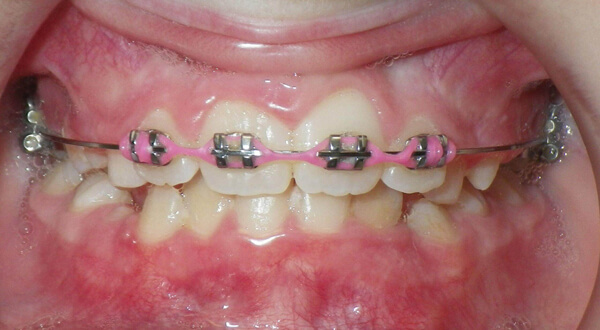
Phase I treatment is oftentimes necessary for younger patients to establish the proper “foundation” for future dental and facial development. By creating the necessary space and properly aligning the existing teeth, we can guide permanent teeth into their proper position. The second phase of treatment takes place after the permanent teeth have erupted. In many cases, Phase I treatment can reduce the length of time required for the second phase.
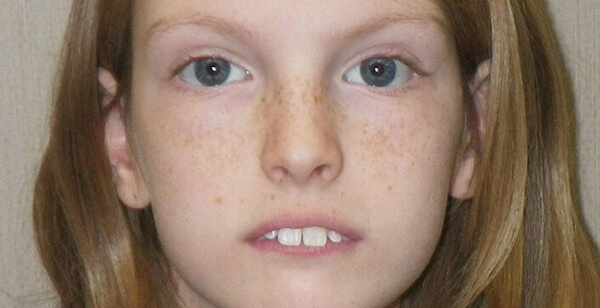
Class II problems represent abnormal bite relationships in which the upper jaw and teeth project ahead of the lower jaw called "overjet". Class II patients usually exhibit a convex facial profile with a deficient chin prominence. Typically, a Class II problem is inherited. Persistent thumbsucking can also aggravate these problems. Correcting of this disorder generally requires influencing facial growth to bring the upper and lower jaws and teeth to their proper position.
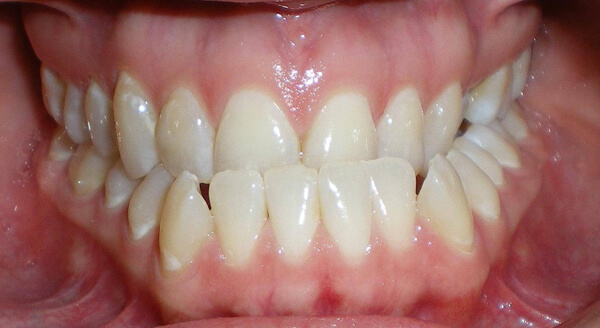
Class III problems are primarily genetic in origin. In this instance, the lower jaw and teeth are displaced to the front of the upper jaw structures. The facial appearance may give the impression that the lower jaw is excessively large, but in many cases the lack of upper jaw is at fault.
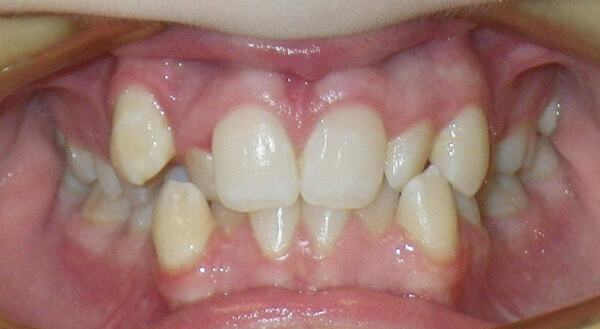
Crowding of the teeth is the most common problem associated with the need for orthodontic care. Although many factors contribute to the dental crowding, this problem usually stems from a discrepancy between space available in each jaw and the size of the teeth. Aside from aesthetic considerations, poor alignment of teeth may be associated with periodontal problems and an increased risk of dental decay due to difficulty in maintaining proper oral hygiene.

Spaces between teeth are another common problem associated with the need for orthodontic care. Like crowding, spacing may be related to a tooth-to-jaw size disharmony. Gum tissue attachment called "frenum" is also a common cause of spacing between the front teeth. Excessive vertical overlap of the front teeth as well as incisor protrusion may lead to spacing. Other contributing factors include atypical or unusually narrow teeth, and missing or impacted teeth.
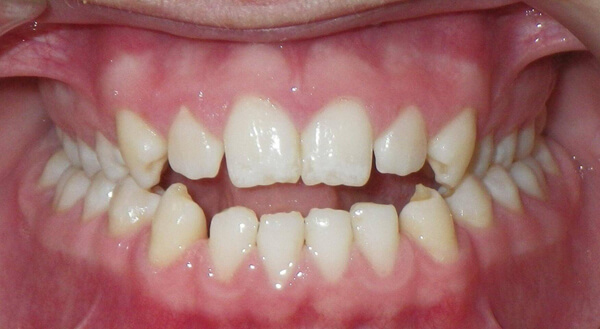
An openbite can occur with the front teeth, known as an anterior openbite or with the back teeth, referred to as a posterior openbite. An anterior openbite is the lack of vertical overlap of the front teeth and can usually be traced to jaw disharmony or habits such as thumb sucking or the positioning of the tongue against the front teeth. A posterior openbite is a problem in which the back teeth do not meet vertically, which keeps the jaw from functioning properly.
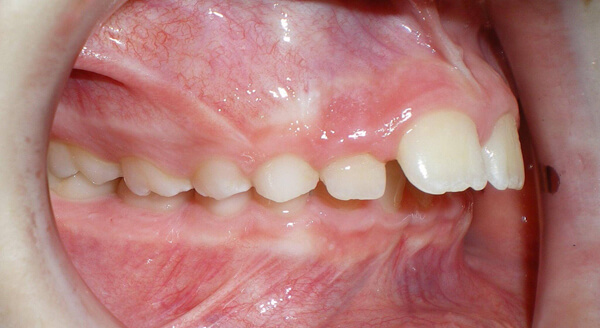
A lack of vertical overlap of the incisor teeth can usually be traced to jaw disharmony, persistent habits (i.e. thumb sucking and posturing of the tongue between the front teeth) or excessive vertical growth of one or both jaws. Early assessment and intervention is critical to the overall success of treating these disorders.
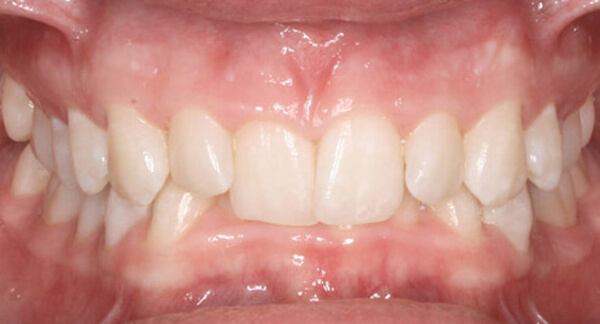
Excessive vertical overlapping of incisor teeth called deepbite or "overbite" is generally found in association with a discrepancy between the length of the upper and lower jaws. It usually results in excessive eruption of either the upper or lower incisors or both. Associated problems include: 1) excessive display of gum tissue, 2) lip protrusion or entrapment, 3) biting the roof of the mouth and 4) incisor wear.
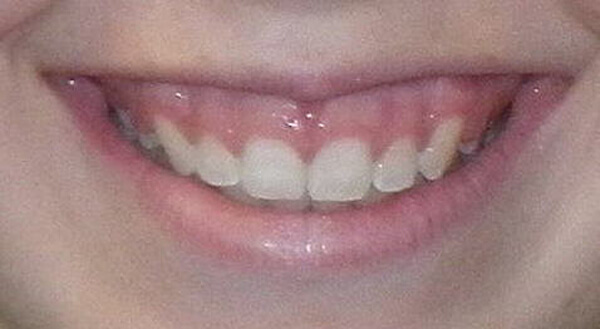
Also known as a gummy smile, this orthodontic problem gives the appearance of excessive exposed gums on the upper arch. There are several treatment options for this problem. In severe cases, surgery may be necessary to actually remove a section of the upper jaw shifting the jaw upward vertically reducing the amount of exposure of the upper-gum tissue.
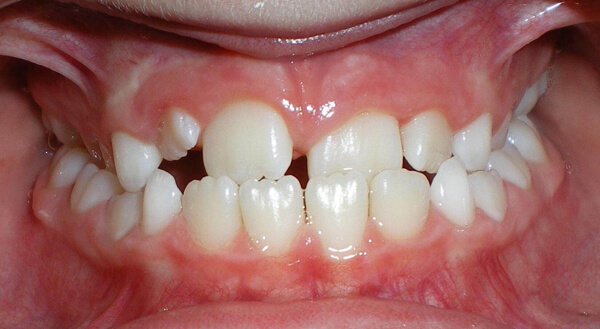
Posterior crossbites usually result from a constricted upper jaw or unusually wide lower jaw. A narrow upper jaw will often force a patient to move their lower jaw forward or to the side when closing into a stable bite. When closed into this accomodated position, the lower teeth are located outside the upper teeth. This posturing may result in an incorrect functional position of the lower jaw with accompanying facial asymmetry.






